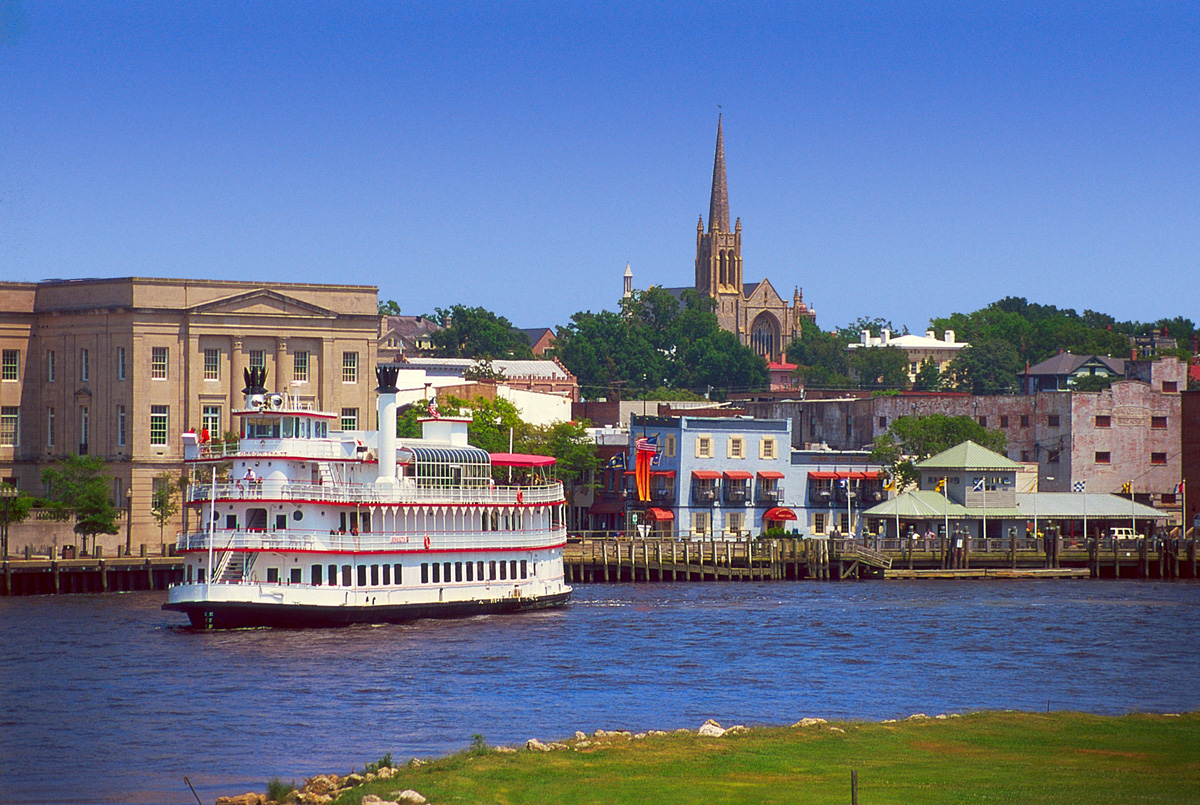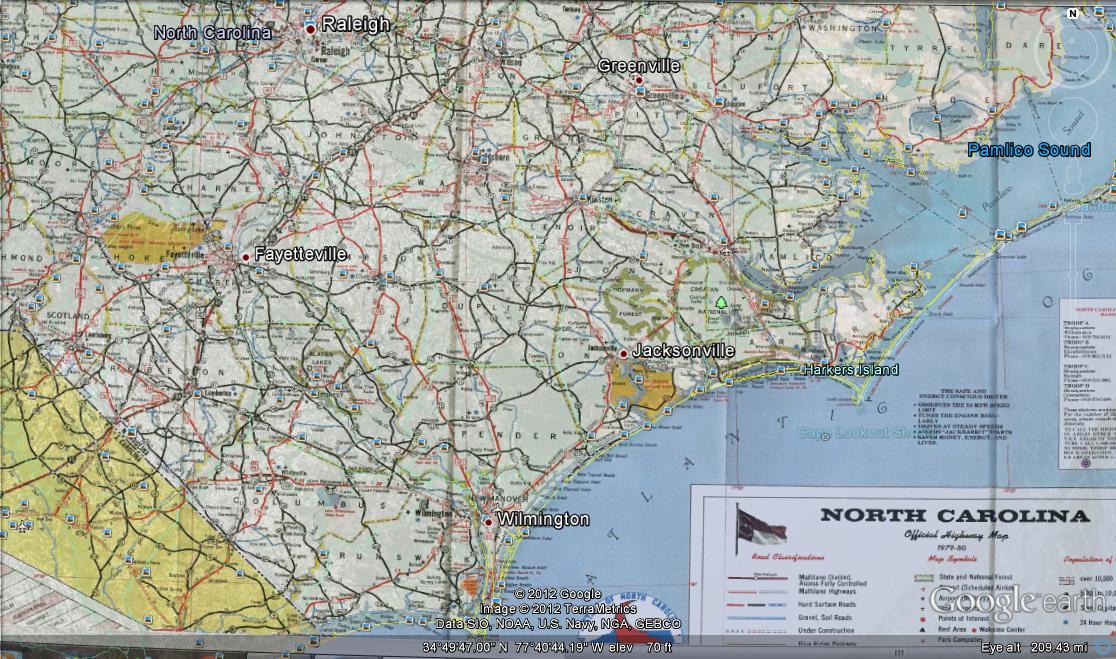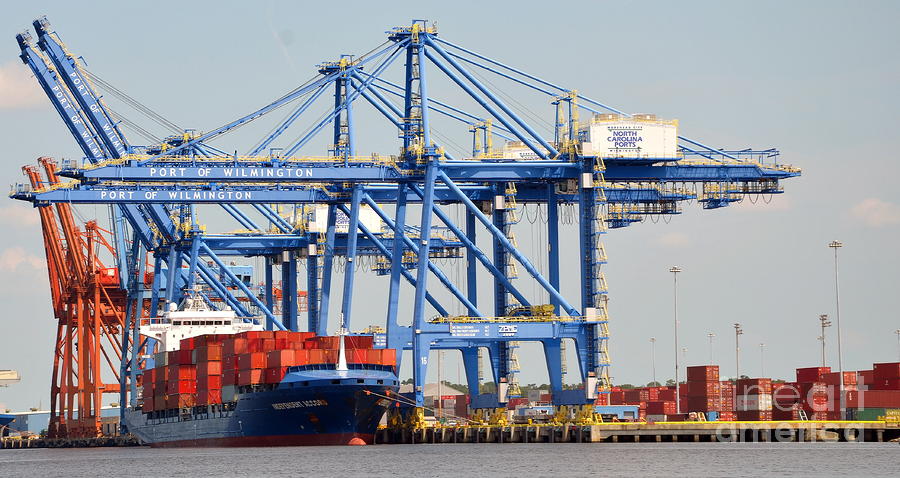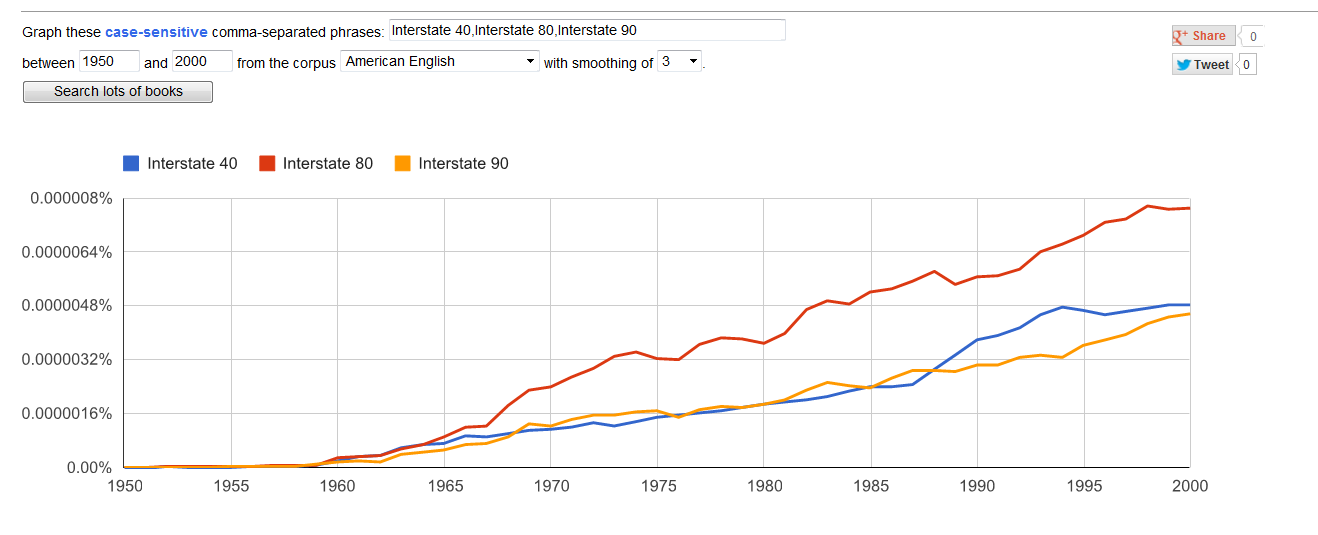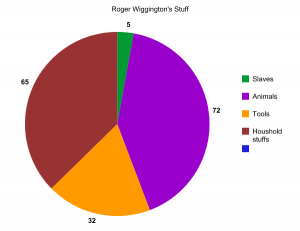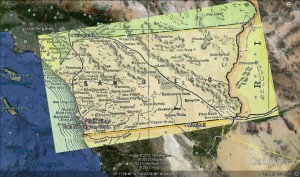The historic Riverwalk in Wilmington, North Carolina. Tourism is an enormous industry for the city.
History of Wilmington, North Carolina
Along the southeastern coast of North Carolina is a coastal town called Wilmington. It was established in between the Cape Fear River and the Atlantic coast in 1739. The city was first known for its lumber industry and was conveniently located along the coast and was an instrumental port in the region. During the Civil War the port was heavily relied upon as an entry point for supplies and trading with Europe for supplies. Eventually, the port fell to the Union forces. Wilmington once again rose to prominence during the two World Wars as a home to the North Carolina Shipbuilding Industry. After the wars the biggest boost has come from the completion of Interstate 40 from Raleigh to the Wilmington.
Interstate 40s Importance
It is well known the importance of roads throughout history. They have proven time and time again that in order to spread culture, people and products to be essential to expansion. While Wilmington was already an established port city in the region it lacked the ability to efficiently transport goods to surrounding areas away from the coast. Without a road that was able to facilitate quick and efficient transportation routes inland Wilmington was unable to capitalize on the expanding economy of the region. The completion of Interstate 40 allowed Wilmington to participate in the economy of the region more easily and also allowed for an explosion in industries such as tourism. Along with a boost in the economy came a population increase that undoubtedly arose from the number of jobs that became available one the construction of Interstate 40 was completed.
The above map is from the Department of transportation and shows that there is no immediate route in between Wilmington and Raleigh.
Before Interstate 40
Interstate 40 is the third longest road in America and stretches from Barstow, California to Wilmington, North Carolina. The Interstate originally ended on the eastern side of the country just outside of Raleigh. In 1968 Congress rejected a proposal to extend the interstate to Wilmington. During this time drivers needed to take, “ a zig-zag route, often along winding country roads”(Steelman 1). The Star News took a poll of politicians around this time as well and concluded that, “most seemed to use some variant of U.S. 421 to U.S. 701 to I-95. Other residents drove up U.S. 117 to Goldsboro to catch U.S. 70 west”(Steelman 1). The completion of Interstate 40 would lead to an hour off of commuters time driving from Raleigh to Wilmington.
View The path to Wilmington in a larger map
The interactive map above presents the route taken upon completion from Raleigh to Wilmington along with the routes Ben Steelman offers travelers had to take before Interstate 40s completion.
The above map is from the Department of Transportation and shows the completion of Interstate 40 between Wilmington and Raleigh.
Interstate 40’s effect on Employment
The Interstate 40 branch from Raleigh to Wilmington was completed June 29, 1990. With the completion of the interstate Wilmington’s economy soon expanded rapidly. William Hall, an economist at the University of North Carolina Wilmington claims that, “employment grew 5.5% annually in the first five years after I-40 arrived,” and this is compared, “with 2.5 percent in the five years before 1990”(Faulkner 1). This is a huge increase in employment for a city especially within such a small amount of time. The completion of Interstate 40 also allowed for New Hanover county, which Wilmington is a part of to grow 33 percent in between 1990 and 2000. The growth in population did not end there. The city of Wilmington in 1990 had a population of 55,530, in 2010 the population, according to census data, was 106,476. In the twenty years after Interstate 40 opened the population almost doubled.
Wilmington Employment 1999-2007
The port of Wilmington. In 2011, cargo exceeded 3.5 million tons through the port.
Transportation of goods
From a business perspective the importance of a major road to transport goods and to attract business is essential. The easy access to the city from Raleigh and Interstate 95 via Interstate 40, made the city attractive to large companies. The industrial sector of Wilmington picked up with the completion of Interstate 40. Star News interviewed some of the cities industrial leaders about the impact of the city and many of them remarked that transportation was a key factor, along with the price of land that they chose to set up in Wilmington. Wilmington is now home to numerous industrial companies. Among them are branches of General Electric, Verizon, International Paper, and Progress energy. Wilmington is also the home of the largest manufacturer of optical fibers in the world; Corning Glass Works. I believe these companies would have looked to establish themselves elsewhere if Interstate 40 would not have made its way to the city, therefore hindering the transportation of goods out of the region. The Port of Wilmington also benefitted greatly from the ability to transport goods inland.
The above chart is a textual analysis from Google. It shows how often the three longest roads in the United States are referenced in comparison to each other. Interstate 40 is still widely referenced and the third longest Interstate in the United States.
Tourism
Tourism has probably been the most influenced by the completion of Interstate 40. Wilmington’s temperate climate, location near three beaches, and historical landmarks, make it an appealing tourist destination. The area benefitted from this immensely, in fact spending in tourism increased 52 percent in the first decade of Interstate 40’s completion. By 2008 the tourism industry had increased by 146 percent according to Kim Hufham, president and CEO of the Wilmington/Cape Fear Coast Convention and Visitors Bureau. She also adds that, “when I-40 opened it really opened up the corridor for our No. 1 feeder markets for tourism,” and, “before I-40 it was easier to get to Myrtle Beach or Morehead City or Atlantic Beach”(Faulkner 3). The opening of Interstate 40 made Wilmington a two hour drive to the beach for residents of Raleigh. Steelman noted that, “more than one-third of those tourists were from North Carolinians driving from other parts of the state”(Steelman 3).
Growth of the City
It has been shown that the opening of Interstate 40 has been vital for the growth of Wilmington. In 2010 Forbes ranked Wilmington at #32 for Best Places for Business and Careers. (Forbes 1). The 1990’s was a period of rapid growth and development for the city. This couldn’t be possible without the booming tourism industry and the ability to transport goods into and out of the region. Wilmington flourished after the opening of Interstate 40 and was ranked as the second fastest growing city at one point, only behind Las Vegas, Nevada. The completion of Interstate 40 into Wilmington has been the best thing for the region since the World Wars created jobs through shipbuilding.
The above chart is a textual analysis of books available to Google. The cities are a sample of large cities in the coastal and piedmont areas of North Carolina along with Myrtle Beach.
Sources
http://forbes.com/lists/2010/1/business-places-10_wilmington-NC_2418.html
http://wilmington.net/wilmington_history.php
http://data.bls.gov/pdq/SurveyOutputServlet
http://www.ncdot.gov/travel/mappubs/statetransportationmap/
http://wilmington.insiderinfo.us/area-overview-of-wilmington-nc/economic-profile/
http://www.starnewsonline.com/article/20100628/ARTICLES/100629691
http://www.starnewsonline.com/article/20100628/ARTICLES/100629689
Preservation of Content
In order to preserve this content I will copy and paste all of this data and send it to various email accounts. I will also save it to a thumb drive in order to keep up with the LOCKSS information we have learned about earlier in the semester. By putting the content of this in multiple places I am aiming to negate any ill effects of loss that may occur. I will also be keeping my content password protected to ensure that I am the only one able to access it. Lastly, I will try to update my password as often as possible and not daisy chain any of my passwords. After all of the work that has gone into this project I would be extremely dissapointed to lose it. Especially if loss occurs before grading.

